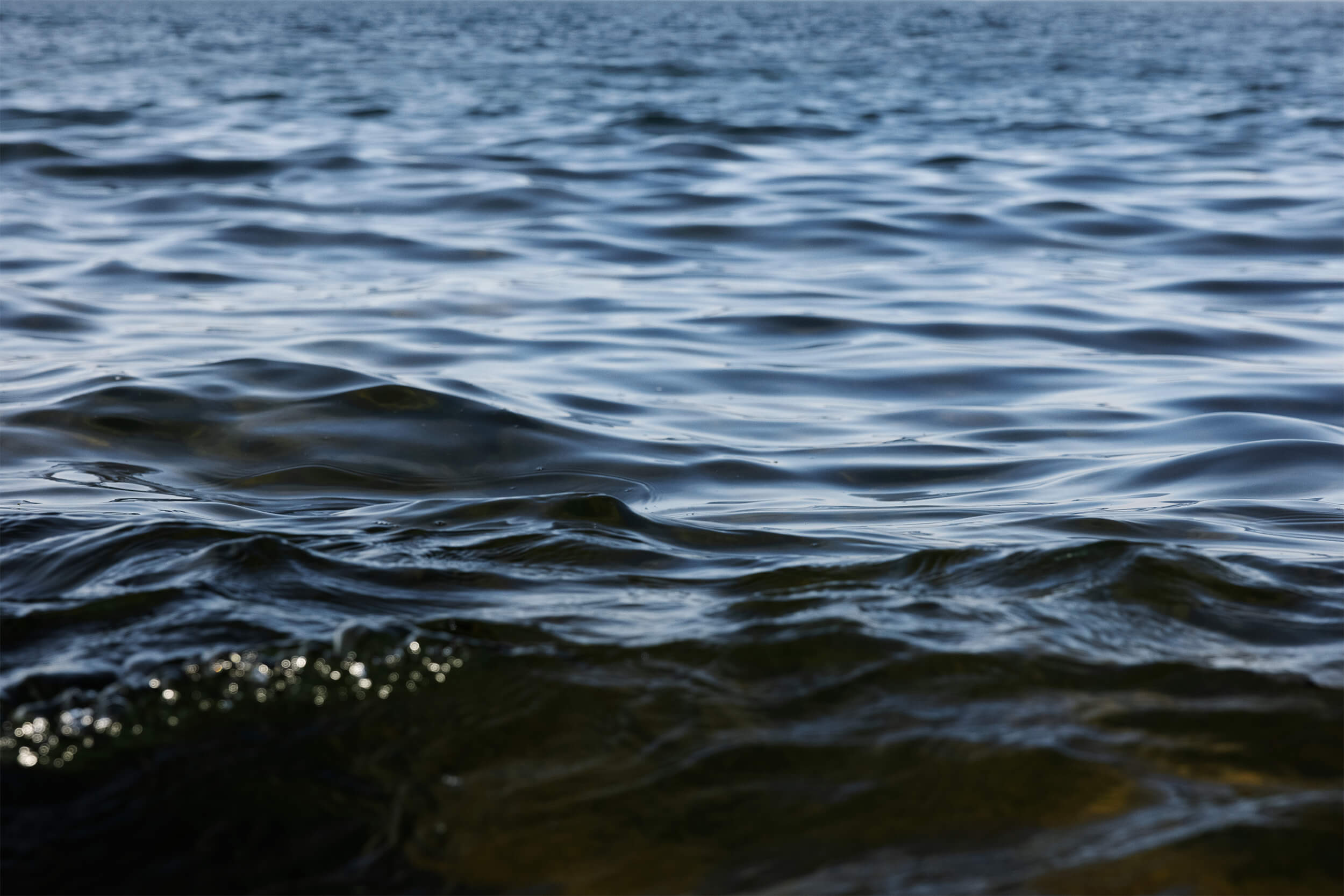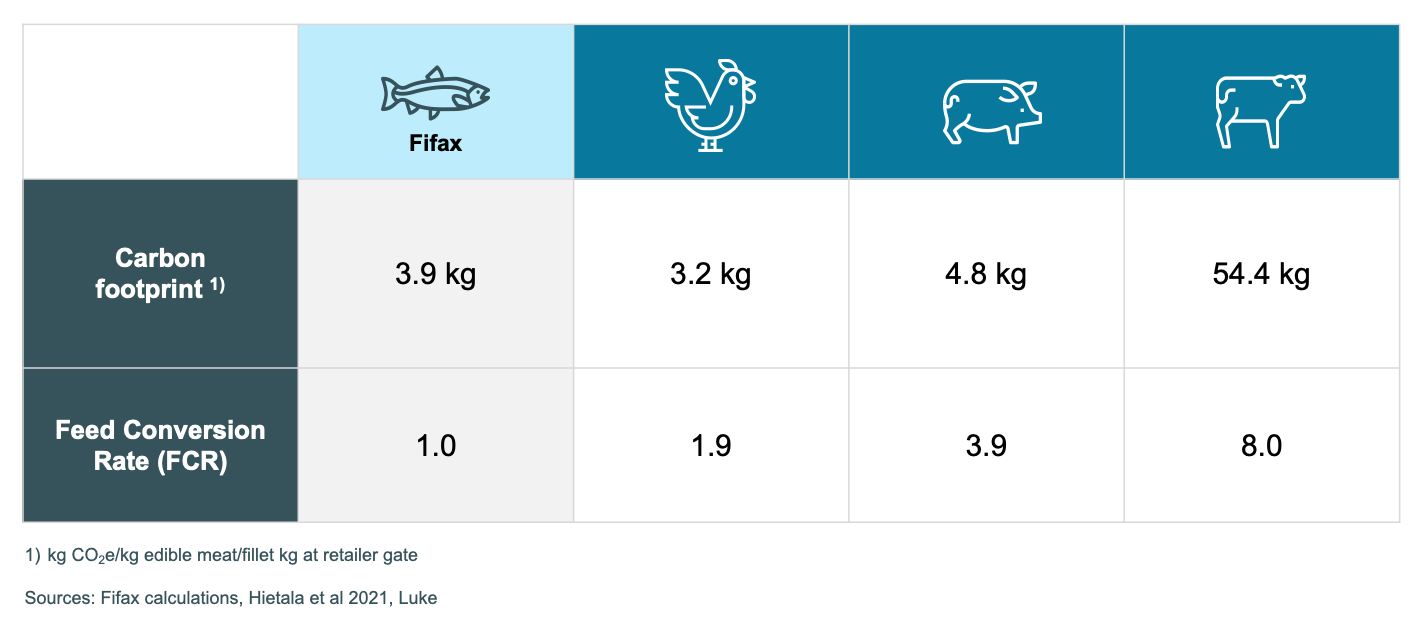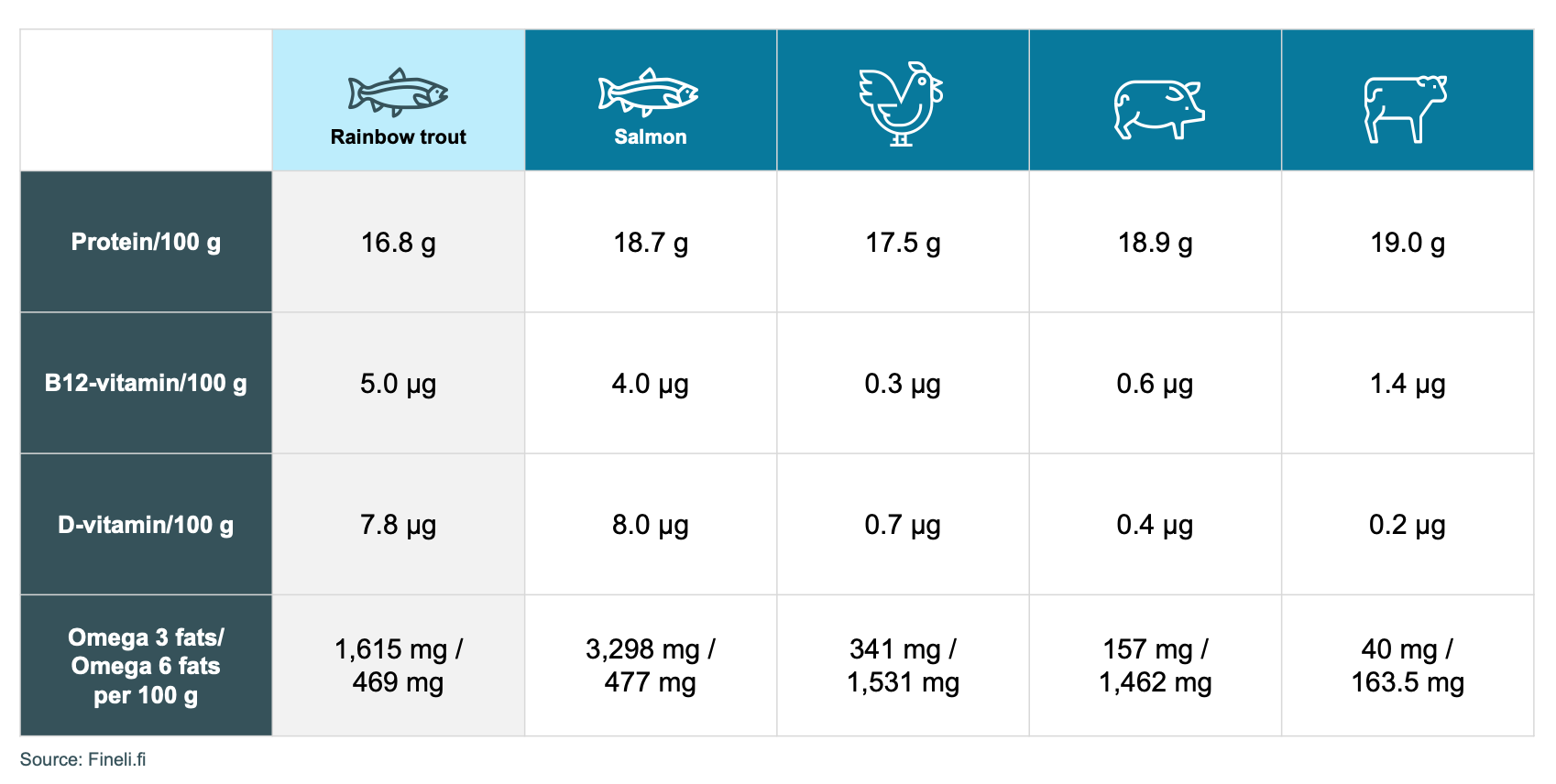
SUSTAINABILITY
We farm environmentally friendly and ethically produced fish
Our vision is to be the forerunner of responsible fish farming. We produce local food that you can eat in good conscience. We have set exceptionally high strategic environmental standards on our farms and processes. Sustainable development is a central part of Fifax’s strategy.
Fish farming based on our ultra-intensive recirculating aquaculture method (RAS) is sustainable and has a smaller environmental impact than traditional fish farming methods. Read more about our unique farming method here.
The first fish farming company in Finland with ASC-certificate
Our farm has been granted the ASC-certificate (Aquaculture Stewardship Council) for sustainable fish farming. The certificate sets requirements on the environmental impact, the ethical and social conditions in production, and animal welfare – the same things that form the basis for our production. Read more about ASC here.

Read more about our sustainability work here:
Fish health and welfare is the cornerstone of our business
Our ultra-intensive recirculating aquaculture method allows the fish to grow in optimal conditions, the health and welfare of the fish is at the centre. The water is clean, and the oxygen levels are right. The quality of the water in the pools is monitored continuously. The water temperature and oxygen levels can be adjusted at any time to improve growth and welfare of the fish. Solid impurities are continuously removed, and the tanks are cleaned regularly through the farming process.
The continuous flow of water in a recirculating aquaculture system creates a stimulating environment for the fish, and our water purification process removes impurities and pathogens effectively. This way, the fish stay fit and healthy naturally, and antibiotics are rarely needed. Fifax uses antibiotics only in rare and specific occasions, for example if we trace diseases or parasites in the fish. We don’t allow the use of antibiotics to promote growth. Read more about the occasions when antibiotics have been used here.
Feed plays an important role for the health, welfare and growth of the fish. The feed maintains the appetite of the fish, enables good feed efficiency (FCR) and lets the fish grow optimally. Once the fish reaches their target weight, the fish are stunned using electricity, gutted, and packed for delivery.
We promote sustainable food production
Sustainable food production plays a central role in solving the global climate crisis. We have committed to work towards many of the UN’s Sustainable Development Goals (SDGs). Read more about these goals here.
The world’s oceans hold 16 times more carbon dioxide than the biosphere on land. Healthy balanced marine ecosystems are a prerequisite for the ocean’s capability to bind carbon. If unbalanced, the marine ecosystem may move from being a carbon sink to becoming a carbon source. Eutrophication, toxins heat waves and the increasing temperatures are threatening the balance of marine ecosystems. The state of the Baltic Sea is grave, and climate change impacts also the Baltic Sea’s ability to act as a carbon sink. Therefore, every action that helps improve the state of the Baltic Sea, is also a climate action.
Land-based fish farming enables both optimal growth conditions and the collection of the sludge that the farming produces. For every kilogram of fish, we use less feed, thus our Feed Conversion Rate (FCR) is higher. It reduces the environmental impact of the feed production. In addition, we prevent around four kilograms of sludge per kilograms of edible fish from ending up on the sea floor. This significantly reduces our impact on eutrophication as well as our carbon footprint compared to conventional fish farming methods.
Circular economy is an important part of sustainable food production. It is considered both in the components of the feed and the utilisation of the side streams of our production. The waste and by-products of our farm are utilized and used as feed and fertilizers. Collecting the by-products is key to reducing the nutrient load in the Baltic Sea and to reduce the full climate impact of the farmed fish. At the same time, the negative impact of sludge emissions on the marine ecology and biodiversity are avoided.
Continued development of our production method and increasing our production volume aims to continuously diminish our climate and environmental impacts per one kilogram of fish and to provide more consumers the possibility to choose Fifax sustainable fish.
We reduce our climate and environmental impact
Our environmental impact consists of the water, energy, feed, oxygen and chemicals used in the farming process. All electricity used in our farm is renewable, including sources such as wind power. We continuously work to improve our energy and resource efficiency. We also search for greener sources for our purchases to reduce our environmental impact. Read more about our environmental policy (in Swedish).
”Our nutrient emission target for phosphorus and nitrogen is only about a one hundredth of the nutrient emissions related to traditional fish farming methods, and our climate impact target is as low as 3.9 kg carbon dioxide equivalents per kg fish fillet.”
Fifax’s fish is a good choice both for environment and climate. In the table below, you will find information about the environmental impacts of Fifax’s land-based fish farming is estimated to reach once the facility is fully scaled up, together with examples of other forms of animal protein.

The water used in the farm is taken from and returned again to the sea after cleaning. Thanks to the effective water purification process, the phosphorus and nitrogen emissions of the land-based fish farming are minimal. The nitrogen and phosphorus emissions that green the seas are 97 % less than the emissions from net pen farmed rainbow trout. Our goal is a level of 99 % lower or less.
The circular economy aspect is also considered in the fish feed we use, it consists in part of food industry’s by-products, such as fish powder, fish and vegetable oil, and side streams of starch production. 75% of the feed is plant based, the soy included in our feed is sustainably produced from certified sources (ProTerra) and. All the feed components are traceable.
We produce nutritious food
Fish is a good choice because of its nutritional value. According to Finnish dietary recommendations a person should eat fish twice a week. Fish is rich in vitamins D and B12 and rich in unsaturated Omega 3 and Omega 6 fatty acids in well-balanced proportions. The Omega 3 fatty acids accumulate as the fish grow larger, which in part explains the difference in the content between rainbow trout and atlantic salmon, which is typically grown to a larger size.
The table below shows the nutritional values of rainbow trout in comparison with other common animal protein sources.

We produce local food
Our production centre is located in Åland, close to our key markets in Finland and Sweden. The close by harbours supply us with materials and equipment.
Local food production plays an important role in national supply readiness.
We care for our employees
The well-being and safety of our employees is important to us. We train our employees and develop our work safety procedures continuously.
Fifax is committed to the principle of equality independent of age, gender, gender identity, sexual orientation, ethnicity, nationality, religion, family situation, disability or other differences we may have as human beings. We have zero tolerance for discrimination.
Read more about our policies here:
- Code of conduct (bilingual in Swedish and English)
- Our discrimination and equality policies (in Swedish)
- Our whistleblowing policy